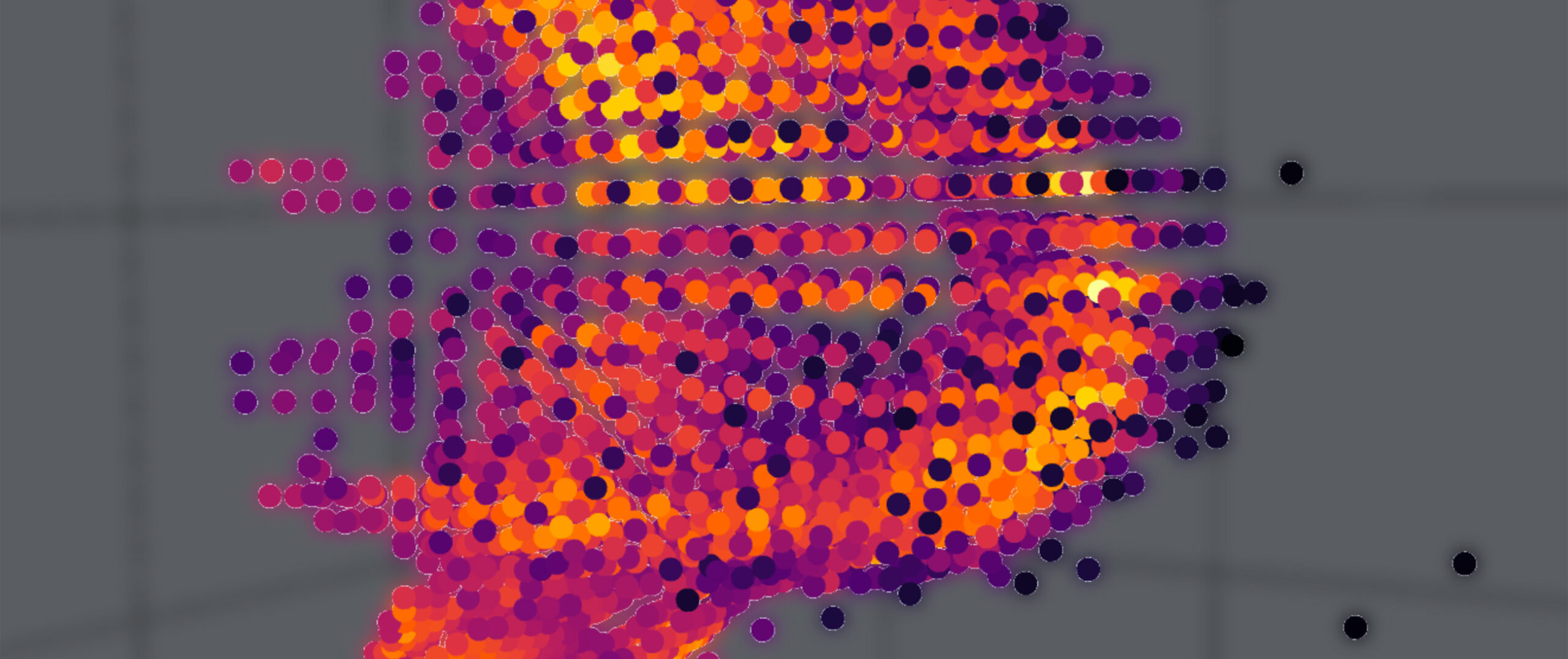
A Trailblazing Journey to Decode Coronal Mass Ejections in 3D
Studying the Solar Mysteries
In a novel cross-disciplinary effort, the ISSI Team around Erika Palmerio and David Barnes is revolutionizing our understanding of Coronal Mass Ejections (CMEs), powerful solar eruptions with significant space weather impacts on Earth. Focusing on the often-overlooked tomography technique, the team utilizes state-of-the-art magnetohydrodynamic simulations and synthetic white-light data to overcome observational limitations. By placing virtual spacecraft strategically, they generate synthetic images, reconstructing CME structures through discrete tomography.
The findings based on their modelling reveal a complex, irregular front in contrast to traditional assumptions. The team aims to evaluate the impact of 3D reconstructions on space weather predictions, comparing them with conventional forward-modelling techniques. With plans to extend analyses to heliospheric imagery, their work promises groundbreaking insights into CME behavior and improved forecasting methods. Stay tuned for further revelations from this innovative endeavor tackled at ISSI Bern!
See the full team report here: “Tomographic Inversion of Synthetic White-Light Images: Advancing Our Understanding of CMEs in 3D“

